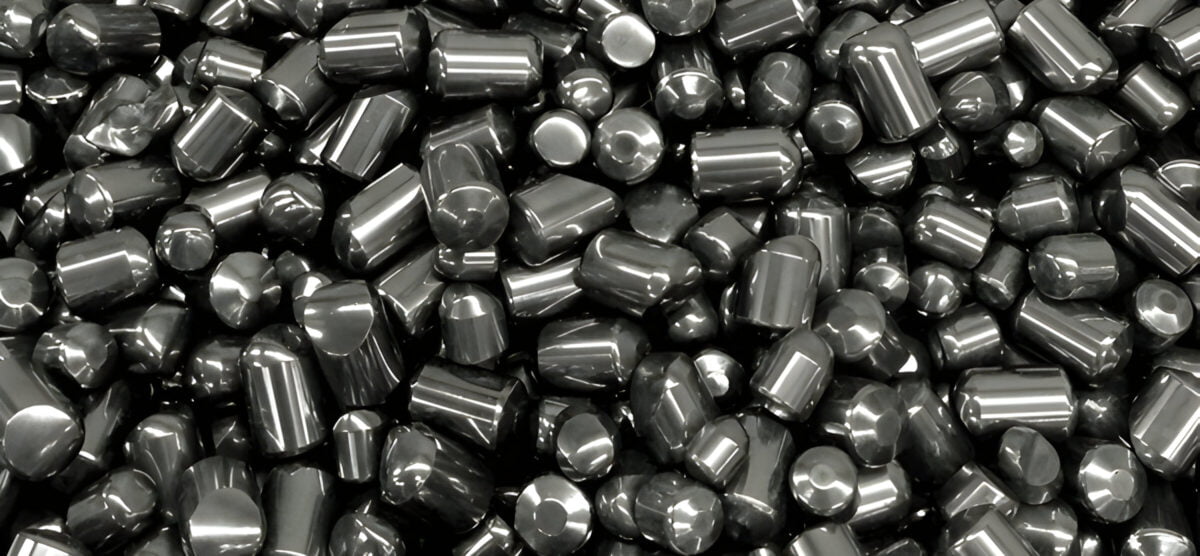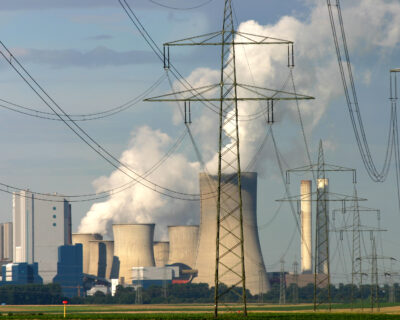Blogs

Tungsten has High or Low Resistance? Finding the Truth
When choosing materials for industrial or electrical applications, understanding their resistance is essential. One metal that consistently stands out for its remarkable properties is tungsten. But how resistant is tungsten, really?
This article explores tungsten’s resistance characteristics—why it matters, how it compares to other materials, and what makes this metal a favorite in both everyday objects and cutting-edge technology.
What is Electrical Resistance?
Electrical resistance is a measure of how much a material opposes the flow of electric current. The higher the resistance, the harder it is for electricity to pass through.
In engineering and materials science, resistance plays a vital role in the performance, efficiency, and safety of devices. Understanding how tungsten fits into this equation helps determine its suitability for specific applications.
Does Tungsten Have High or Low Resistance?
Tungsten has relatively high electrical resistance when compared to many common metals like aluminum or iron. Its resistivity at room temperature is approximately 5.6 × 10⁻⁸ Ω·m. While this is lower than specialized resistive alloys like nichrome, it’s still high enough to be valuable in many industrial settings.
Why Tungsten Exhibits High Resistance
Several physical and chemical factors contribute to tungsten’s resistance:
1. Dense Atomic Structure
Tungsten atoms are tightly packed, making it harder for electrons to flow freely. This dense atomic lattice increases the metal’s resistance to electric current.
2. Temperature Dependence
Tungsten has a positive temperature coefficient—as the temperature rises, its resistance increases due to enhanced atomic vibrations. This property makes tungsten stable in high-temperature environments.
3. Extremely High Melting Point
With a melting point of 3422°C (6192°F), tungsten maintains structural integrity under extreme heat. This makes it ideal for applications where materials are exposed to intense thermal stress.
Real-World Applications of Tungsten’s High Resistance
Tungsten’s unique resistance properties make it ideal for a wide range of applications, especially where durability, heat tolerance, and electrical performance are essential.
✅ Light Bulb Filaments
Tungsten’s high resistance causes it to glow brightly when current passes through—perfect for incandescent bulbs.
✅ Electrical Components
Used in switches, relays, and electron tubes, tungsten’s resistance and thermal stability ensure reliable performance over time.
✅ High-Temperature Environments
In aerospace, defense, and industrial settings, tungsten stands up to severe heat without degrading, thanks to its resistance and thermal strength.
Common Uses of Tungsten
- Incandescent Light Bulbs – Bright, long-lasting filaments.
- Cathode Ray Tubes (CRTs) – Stable performance in older monitors and TVs.
- TIG Welding Electrodes – Ideal for precision and durability.
- Aerospace Parts – Critical components in high-heat, high-pressure systems.
Emerging Applications of Tungsten
As technology evolves, so does the use of tungsten. Here’s where it’s making an impact:
🔹 Aerospace and Defense
Used in jet engines, spacecraft, and missile systems. Its strength and resistance are unmatched in extreme conditions.
🔹 Renewable Energy
Tungsten plays a role in wind turbine components and solar systems, providing wear resistance and electrical reliability.
🔹 Medical Devices
Tungsten is biocompatible and used in imaging tools, radiation shielding, and surgical instruments.
🔹 Electronics and Semiconductors
Essential for integrated circuits and microchips, where precise resistance and thermal management are crucial.
Future Prospects
Tungsten continues to show promise in cutting-edge industries:
⚛️ Quantum Computing
Its stable electrical properties at low temperatures make it a candidate for future quantum technologies.
🔋 Energy Storage
Tungsten’s density and electrical characteristics are being explored for advanced batteries and capacitors.
🌱 Sustainable Manufacturing
As industries shift toward greener practices, tungsten’s recyclability and longevity make it a sustainable choice.
A Brief History of Tungsten Use
Tungsten’s journey from a scientific curiosity to an industrial staple is impressive:
- 1904 – Used in incandescent light bulb filaments for the first time.
- 1940s – Deployed in military gear like armor-piercing shells.
- 1960s – Adopted in aerospace for its heat resistance.
- 2000s and beyond – Integral to modern electronics and high-tech medical devices.
What Contributes to Tungsten’s Resistance?
Let’s break down the key factors:
| Factor | Impact on Resistance |
|---|---|
| Atomic Density | Tightly packed atoms hinder electron movement, increasing resistance. |
| Electron Mobility | Limited movement results in higher resistivity. |
| Melting/Boiling Points | Ensures stability even at extreme temperatures. |
| Purity | Fewer impurities result in more predictable resistance behavior. |
| Alloying | Adding elements can fine-tune resistance for specific needs. |
Conclusion
So, does tungsten have high or low resistance? Tungsten has high electrical resistance, which makes it highly valuable in electrical, industrial, and high-temperature applications.
Its resistance, paired with a high melting point and unmatched durability, makes it indispensable in technologies ranging from simple light bulbs to spacecraft components. Whether you’re designing electronics or building components for extreme environments, tungsten’s reliability and resistance make it a top-tier choice.
Frequently Asked Questions
Q1. Does tungsten have high or low resistance?
Tungsten has high resistance, suitable for high-load electrical and thermal applications.
Q2. Why is tungsten used in light bulbs?
Because it can withstand high temperatures without melting and emits bright light due to its resistance.
Q3. How does tungsten compare to other metals?
It has higher resistance than metals like aluminum or iron, but lower than resistive alloys like nichrome.
Q4. Can tungsten’s resistance be altered?
Yes, through alloying or changing purity levels, its resistance properties can be modified.
Q5. What affects tungsten’s resistance?
Factors like density, temperature, purity, and atomic structure all play a role.
🔗 Want to learn more or get in touch?
Visit us at domadia.net/contact and let’s connect!




